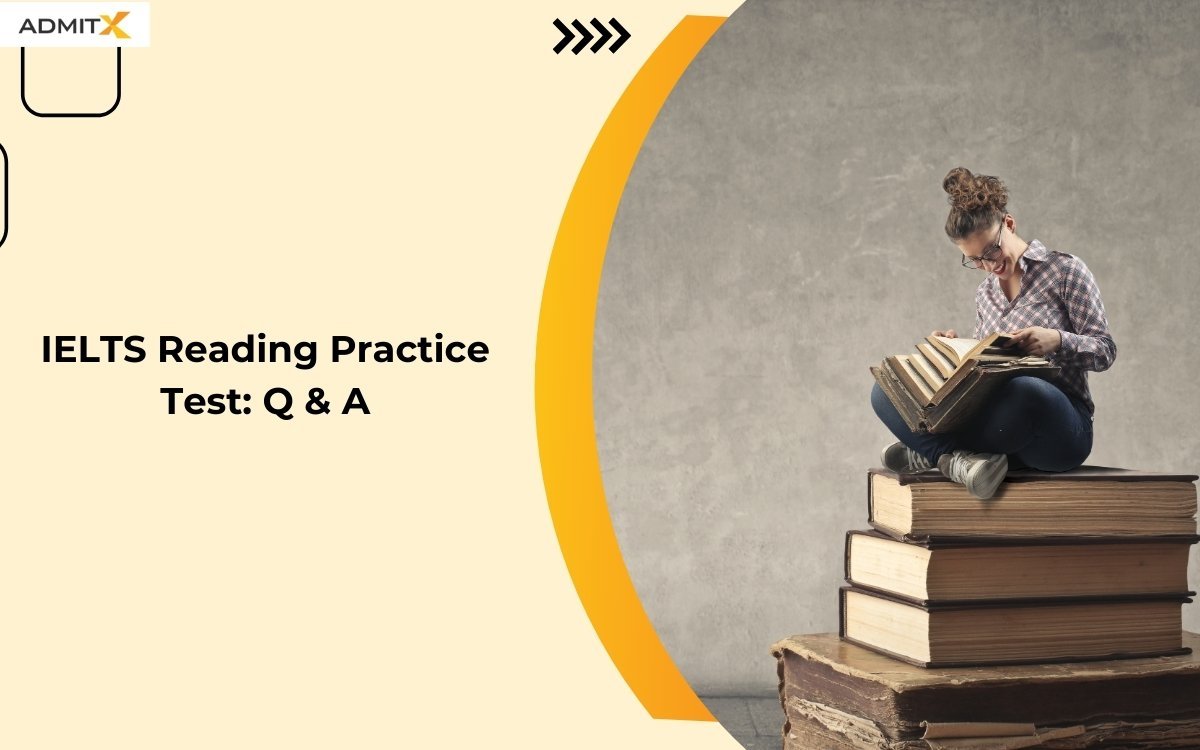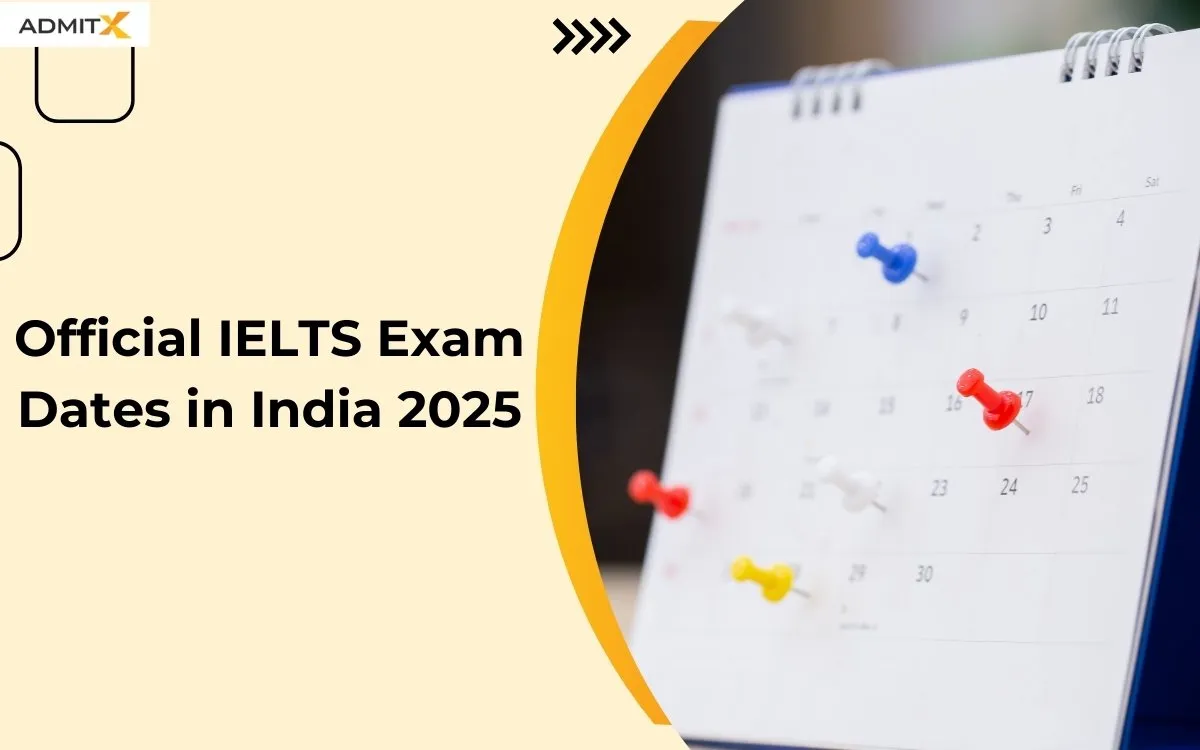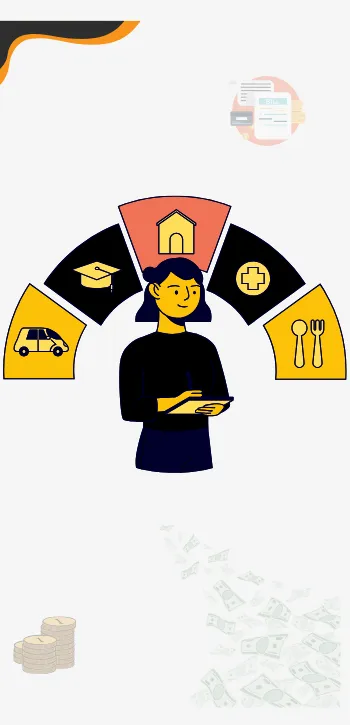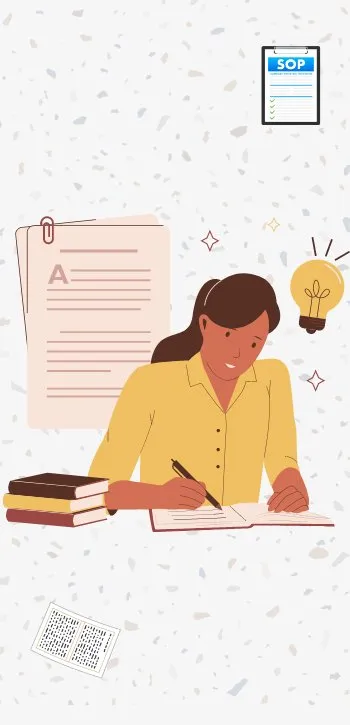
IELTS Reading Practice Test: Passages With Questions and Answers
Passage 1: Coral Reefs: Fragile Ecosystems Under Threat
Coral reefs are among the most diverse and valuable ecosystems on Earth, often referred to as the “rainforests of the sea.” These intricate marine environments support an extraordinary array of marine life, providing habitat for approximately 25% of all marine species despite covering less than 1% of the ocean floor. The complex structure of coral reefs is created by tiny marine animals called coral polyps, which build calcium carbonate structures that form the foundation of these remarkable ecosystems.
Climate change poses the most significant threat to coral reefs worldwide. Rising ocean temperatures cause coral bleaching, a process where corals expel the symbiotic algae living in their tissues, turning the coral white and potentially leading to its death. The Great Barrier Reef in Australia has been particularly impacted, with scientific studies documenting extensive bleaching events in recent years that have destroyed large sections of this UNESCO World Heritage site.
Human activities compound the challenges faced by coral reefs. Overfishing disrupts the delicate ecological balance, removing key species that maintain the reef’s health. Pollution, particularly plastic waste and chemical runoff, introduces harmful substances that can suffocate or poison coral polyps. Coastal development and destructive fishing practices like bottom trawling further damage these fragile marine ecosystems.
Conservation efforts are crucial in protecting coral reefs. Marine protected areas have proven effective in providing safe havens for marine life and allowing damaged reef systems to recover. Researchers are also exploring innovative solutions, such as developing heat-resistant coral strains through selective breeding and genetic modification. Community-based conservation programs engage local populations in protecting and sustainably managing marine resources.
Despite the challenges, there is hope. Some coral species have demonstrated remarkable resilience, adapting to changing environmental conditions. Scientists have observed certain coral populations showing signs of recovery in areas with reduced human impact and effective conservation strategies. However, the window for meaningful intervention is rapidly closing as the effects of global climate change accelerate.
Questions
Multiple Choice: Select the correct answer
- What percentage of marine species do coral reefs support?
- a) Less than 1%
- b) Approximately 10%
- c) Approximately 25%
- d) More than 50%
True/False/Not Given
- Coral polyps build their structures using calcium carbonate.
- □ True
- □ False
- □ Not Given
- All marine protected areas have completely stopped coral reef destruction. □ True
- □ False
- □ Not Given
- Matching Headings
Match the headings to the correct paragraphs:
- Paragraph 1 □
- Paragraph 2 □
- Paragraph 3 □
Headings:
- Human-Induced Challenges to Reef Ecosystems
- The Unique Characteristics of Coral Reefs
- Climate Change and Coral Bleaching
Sentence Completion
Complete the sentences using NO MORE THAN THREE WORDS from the passage:
- Coral reefs are often called the ____________ of the sea.
- The ____________ in Australia has been significantly impacted by bleaching.
Summary Completion
Complete the summary using words from the passage:
Coral reefs are complex marine ecosystems threatened by (9) ____________ and human activities. Rising (10) ____________ cause coral bleaching, while (11) ____________ and coastal development further damage these environments.
Answer Key
- c) Approximately 25%
- True
- False
- B
- C
- A
- Rainforests
- Great Barrier Reef
- Climate change
- Ocean temperatures
- Pollution
Passage 2: Unraveling the Mysteries of Creative Thinking
Creativity has long fascinated researchers across multiple disciplines, from psychology and neuroscience to sociology and education. Unlike traditional views that portrayed creativity as an innate, mysterious talent, contemporary research suggests it is a complex cognitive process that can be understood, studied, and even cultivated. The modern scientific approach reveals creativity as a multifaceted phenomenon involving sophisticated brain mechanisms and environmental interactions.
Neuroimaging studies have provided unprecedented insights into the creative brain. Functional magnetic resonance imaging (fMRI) research demonstrates that creative thinking involves extensive neural networks, rather than being localized to a single brain region. When individuals engage in creative tasks, multiple areas of the brain communicate simultaneously, including regions responsible for memory, emotion, and analytical reasoning. This interconnected neural activity suggests that creativity is not a linear process but a dynamic, whole-brain experience.
Contrary to popular belief, creativity is not solely the domain of artists or musicians. It is a fundamental cognitive skill that manifests across various fields, from scientific innovation to problem-solving in everyday life. Researchers have identified several key components that contribute to creative thinking. Divergent thinking – the ability to generate multiple unique solutions to a problem – stands out as a critical aspect. Equally important are cognitive flexibility, which allows individuals to shift perspectives, and intrinsic motivation, which drives individuals to explore and experiment without external pressures.
Environmental factors play a crucial role in nurturing creativity. Educational systems and workplace cultures that encourage curiosity, tolerate failure, and provide opportunities for exploration can significantly enhance creative potential. Studies have shown that collaborative environments, where individuals from diverse backgrounds interact and share ideas, tend to produce more innovative outcomes. Moreover, periods of rest and mind-wandering have been found to be essential for creative insights, challenging the notion that creativity is solely about constant, focused effort.
The mythology of the “creative genius” – a solitary individual struck by sudden inspiration – has been largely debunked by contemporary research. Creativity is now understood as a skill that can be developed through practice, learning, and exposure to diverse experiences. Interdisciplinary research suggests that anyone can enhance their creative abilities by adopting specific cognitive strategies, maintaining an open mindset, and creating environments that support creative exploration.
Questions
Multiple Choice: Select the correct answer
- According to the passage, creativity is best described as:
- a) An innate talent limited to artists
- b) A complex cognitive process
- c) A mysterious unexplainable phenomenon
- d) A skill exclusive to musicians
True/False/Not Given
- Neuroimaging studies show that creativity involves only one specific brain region.
- □ True
- □ False
- □ Not Given
2. Creative thinking is limited to artistic professions.
- □ True
- □ False
- □ Not Given
- Matching Headings
Match the headings to the correct paragraphs:
4. Paragraph 1
5. Paragraph 2
6. Paragraph 3
Headings:
A. The Neurological Basis of Creative Thinking
B.Challenging Traditional Views of Creativity
C.Creativity Beyond Artistic Domains
Sentence Completion
Complete the sentences using NO MORE THAN THREE WORDS from the passage:
- Creativity involves ____________ neural networks.
- ____________ thinking is a critical aspect of creative problem-solving.
Summary Completion
Complete the summary using words from the passage:
Modern research suggests creativity is a (9) ____________ skill influenced by brain (10) ____________ and environmental (11) ____________.
Answer Key
- b) A complex cognitive process
- False
- False
- B
- A
- C
- extensive
- Divergent
- Cognitive
- Mechanisms
- Factors
IELTS Bootcamp By AdmitX
AdmitX’s IELTS Bootcamp offers a focused and efficient path to your target score. This 14-hour program packs a powerful punch with:
- 67 concise video lessons: Expert trainers break down each module (Listening, Reading, Writing, and Speaking) into bite-sized, easy-to-digest chunks.
- 17 targeted assignments & 7 quizzes: Test your understanding and identify areas for improvement with a variety of exercises.
- 13 interactive activities: Engage with the material and reinforce key concepts through hands-on learning.
- 5 full-length mock tests: Simulate the real exam experience and receive detailed feedback to pinpoint your strengths and weaknesses.
- Community support: Connect with fellow IELTS aspirants, share your progress, and get your questions answered by experienced mentors.
Beyond the curriculum, you’ll gain:
- Proven test-taking strategies: Master time management, tackle challenging questions, and maximise your score.
- Personalised guidance: Receive expert feedback on your writing and speaking skills to boost your confidence.
- Clear explanations & text summaries: Easily review key concepts and consolidate your learning.
If you are an aspirant looking to study at your dream university, book an appointment with AdmitX today and start your applications early to avail yourself of all the benefits.







